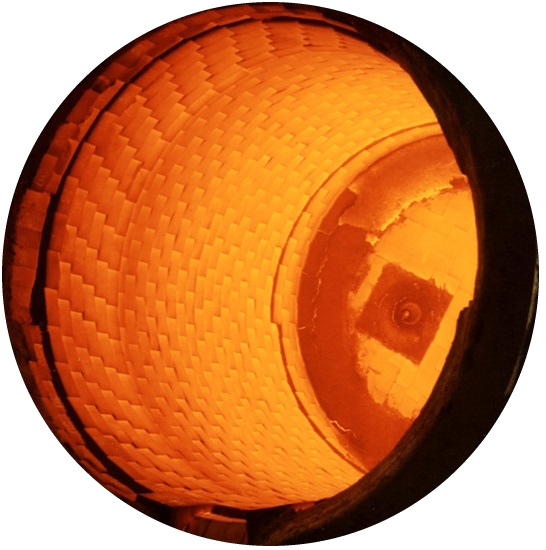How is Dead Burnt Magnesia produced?
Dead Burnt Magnesia (DBM) is produced through a process known as calcination or dead burning, involving the transformation of magnesite ore into magnesium oxide (MgO) by subjecting it to extreme heat. The production process typically involves the following steps:
1. Raw Material Selection:
The primary raw material for DBM production is magnesite ore, a naturally occurring mineral composed primarily of magnesium carbonate (MgCO3). The quality and purity of the magnesite ore play a crucial role in determining the properties of the final DBM product.2. Preparation of Raw Material:
The magnesite ore is usually crushed and ground into a fine powder to facilitate the subsequent calcination process. The particle size and quality of the raw material are optimized to achieve the desired properties in the final DBM product.3. Calcination Process:
The prepared magnesite ore is then subjected to extremely high temperatures in a rotary kiln or electric arc furnace. Temperatures typically exceed 1,500 degrees Celsius (2,732 degrees Fahrenheit) during this process.4. Heat Treatment:
The high-temperature treatment drives off the carbon dioxide (CO2) present in the magnesite ore, leading to the decomposition of magnesium carbonate into magnesium oxide (MgO). This process is termed "dead burning" because it results in the removal of the CO2, leaving behind the magnesia in an altered, heat-resistant form.5. Cooling and Processing:
Once the calcination process is complete, the resulting product, Dead Burnt Magnesia, is cooled and processed. The DBM might undergo additional crushing, grinding, and sizing to meet specific particle size requirements based on its intended applications.
The final Dead Burnt Magnesia product obtained after the calcination process possesses excellent heat resistance, high melting point, and chemical stability.
It is then utilized as a refractory material in various industries, including steelmaking, cement production, glass manufacturing, ceramics, and more, where its exceptional
thermal properties are highly valued.
